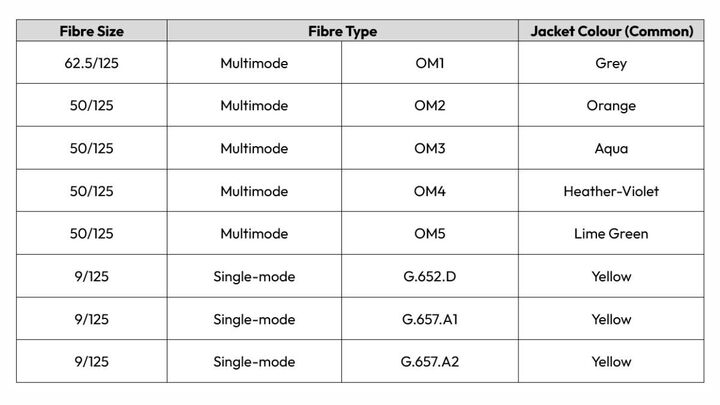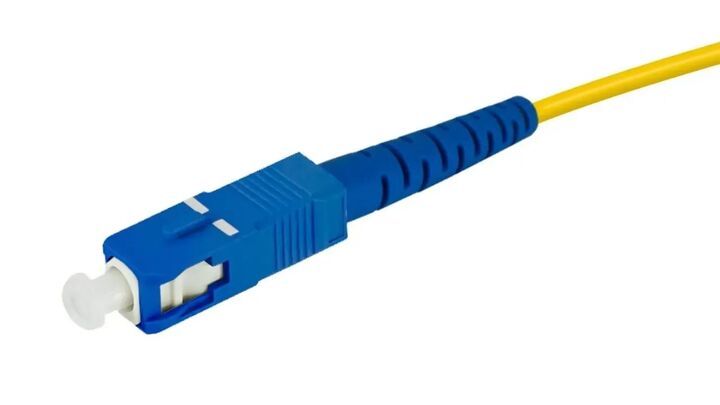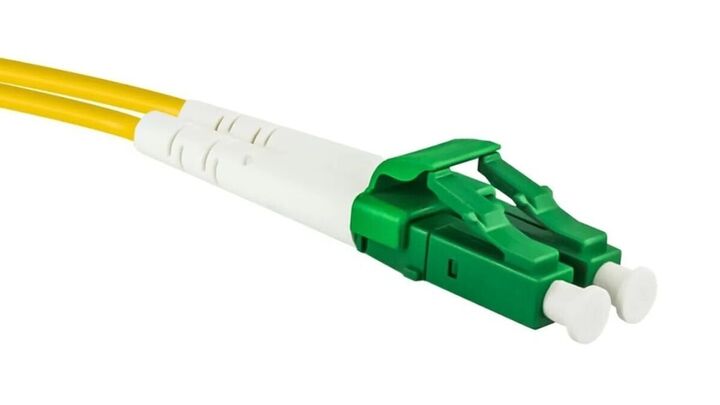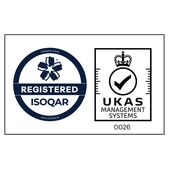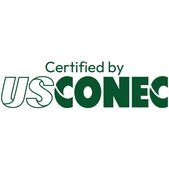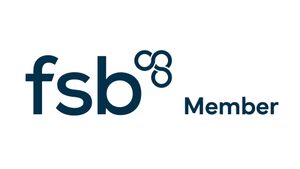Fibre Count
Traditionally, fibre optic assemblies have been configured with either one fibre per assembly, known as a simplex cable, or two fibres per assembly, referred to as a duplex cable. However, with the growing adoption of Very Small Form Factor (VSFF) connectors such as MDC, SN, and CS, the fibre count in patching applications has increased significantly. Moreover, multifibre connectors like MTP (MPO) are now frequently used to patch directly from the trunk cable demarcation point to QSFP modules within active equipment. These connectors can support up to 24 fibres within a single jacket, offering enhanced capacity and efficiency in modern network infrastructures.
Round duplex cables contain two fibres inside a single jacket. Visually, they resemble a Mini-Simplex or standard simplex cable. They are very popular within data centre environments as they present space saving benefits. The connectors designed for round duplex are LC Uniboot, LC HD, with push/pull tab, and LC HDS, with push/pull tab and with switchable polarity. The VSSF connectors; MDC, SN & CS connectors also work very well with round duplex cables.
Armoured patch leads are as you guess a tougher design. The cable is available in Simplex, duplex and round duplex formats as described in previous sections. The difference being, inside the cable jacket is a steel spiral tube running through the length of the cable offering superior crush and tensile strength.
Connector types include simplex style, one ferrule/one fibre and duplex style, two ferrules/two fibres. They are available for all fibre size/types. See table in PDF download at the end of this article.
Jacket materials will be defined by the environment in which the patch leads will sit. These can broadly sit under three categories: Indoor, Outdoor and Harsh Environment. Which material to select may be defined by building regulations, specific industry requirements and the customer demand.
Indoor cables for installation within Europe will need to follow a Construction Products Regulation CPR rating. In the USA it is National Electric Code (NEC) which provides the guidance. For now, we will focus on Europe.
Patch leads currently sit outside of CPR requirement though must still conform to halogen free materials. All patch leads should at least be marked with this description on the cable jacket. However, many customer specifications call for CPR rated patch leads to ensure they keep ahead of the standards. Although entry level Eca rating, it’s more likely that Dca, Cca and B2ca will be required.
For outdoor patch leads to provide longevity, polyethylene (PE) and polyurethane (PUR) materials are commonly required. Both have excellent water and UV resistance with PE being lower in cost. PUR is the go-to material for harsh environments such as tactical cables used by defence and broadcast.
Learn more….
At Leader Optec we manufacture bespoke Patch Leads within our dedicated facility in North Wales. You can browse our range of Patch Leads here.
If you would like to discuss your requirements in more detail, or learn more about anything discussed in this article, please contact our Team on 01745 586600 / sales@leaderoptec.com


